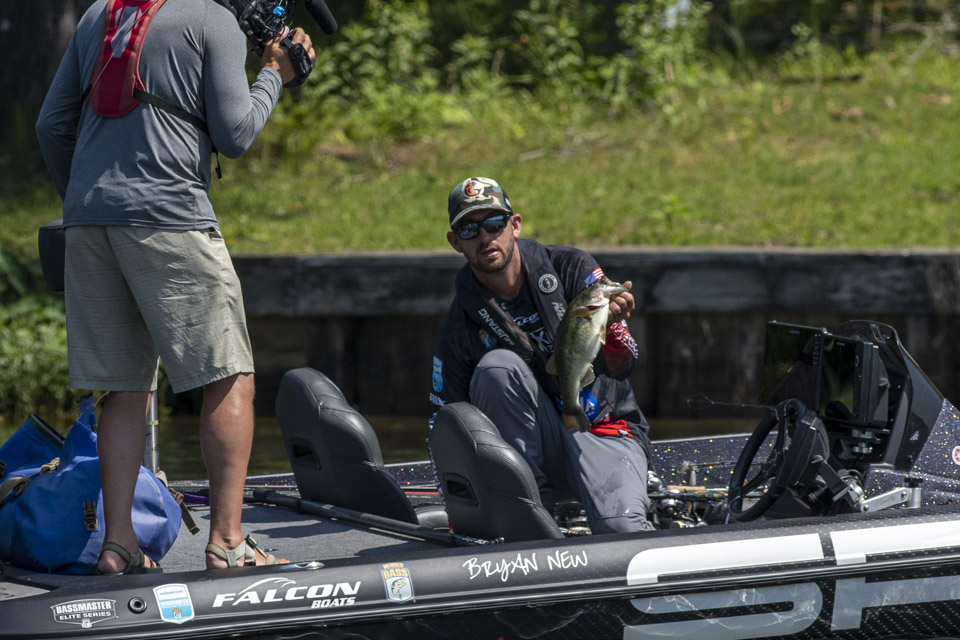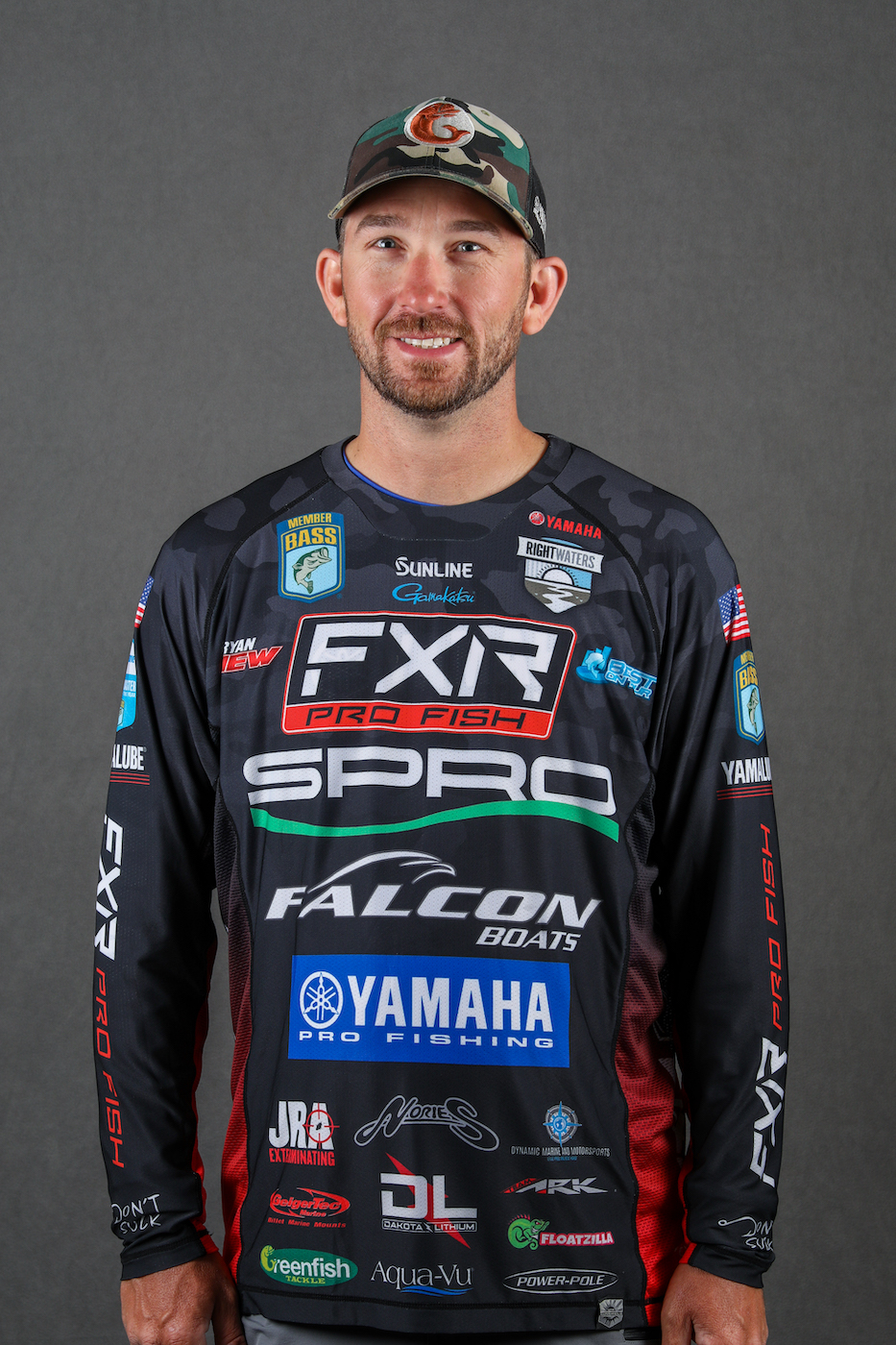
Of all the stages a bass goes through, the postspawn is probably the most challenging for anglers. You can still find plenty of fish, but a lot of times, it’s a lot tougher because of their overall disposition.
I think a lot of it just has to do with the stress that the spawn puts on a fish. They’re just not in a good mood, and they can be uncooperative for a little while.
Also, unlike the prespawn, when you often find them grouped up, postspawn bass kinda get in a funk. They get spread out, and they don’t really get stacked up anywhere good. It may take them a month, and then you’ll find them stacked up on some grass or offshore structure.
Whenever I know I’ll be fishing a postspawn scenario, I try to put myself in the best position to find fish that are willing to eat. One thing that’s always on my mind this time of year is something that played a role at Santee Cooper Lakes — the shad spawn.
Typically, the postspawn is the time the shad spawn takes place. That’s something you can get right on in a hurry.
The first day at Santee Cooper, I started on a shad spawn and caught three for 13 pounds in 5 minutes. That’s how quick it can happen.
You have to consider that a shad spawn will only last for about the first hour of daylight. After that, I’ll often turn to finesse baits like a wacky rig or a drop shot.
One of the key elements of my postspawn game is hitting isolated targets. I think this gives the fish something that’s not too far from where they spawn; a place to rest where they’re not getting thrown at constantly.
Without a lot of fishing pressure, those isolated spots give the fish somewhere to recuperate. It could be a brushpile, a single stump or a small patch of grass. And something that’s common in the Carolinas — docks, lots of docks.
In some cases, you may be catching fry guarders. Of course, those are males, but this is a way to get a lot of bites during a time of year when it can be hard to get bit.
Wherever you’re targeting postspawners, speed can be a critical element. I like to cover a lot of water, but there’s an important distinction to make here. If a fish is harder to catch, you may need to slow down, but when you do cover more water, you tend to get more opportunities.
I think the deciding factor usually is the amount of fishing pressure. On lakes that are heavily pressured, you may be better off slowing down. I think this can be a good strategy because it makes the fewer opportunities you get higher percentage opportunities.
When fishing pressure is not such a big concern, moving faster and covering more water usually works in your favor by creating more opportunities. You may find lower overall percentages, but when you’re getting more chances to catch a fish, it all tends to average out.
In any case, the postspawn is a tough time of year, so you have to find a way to make it work.





